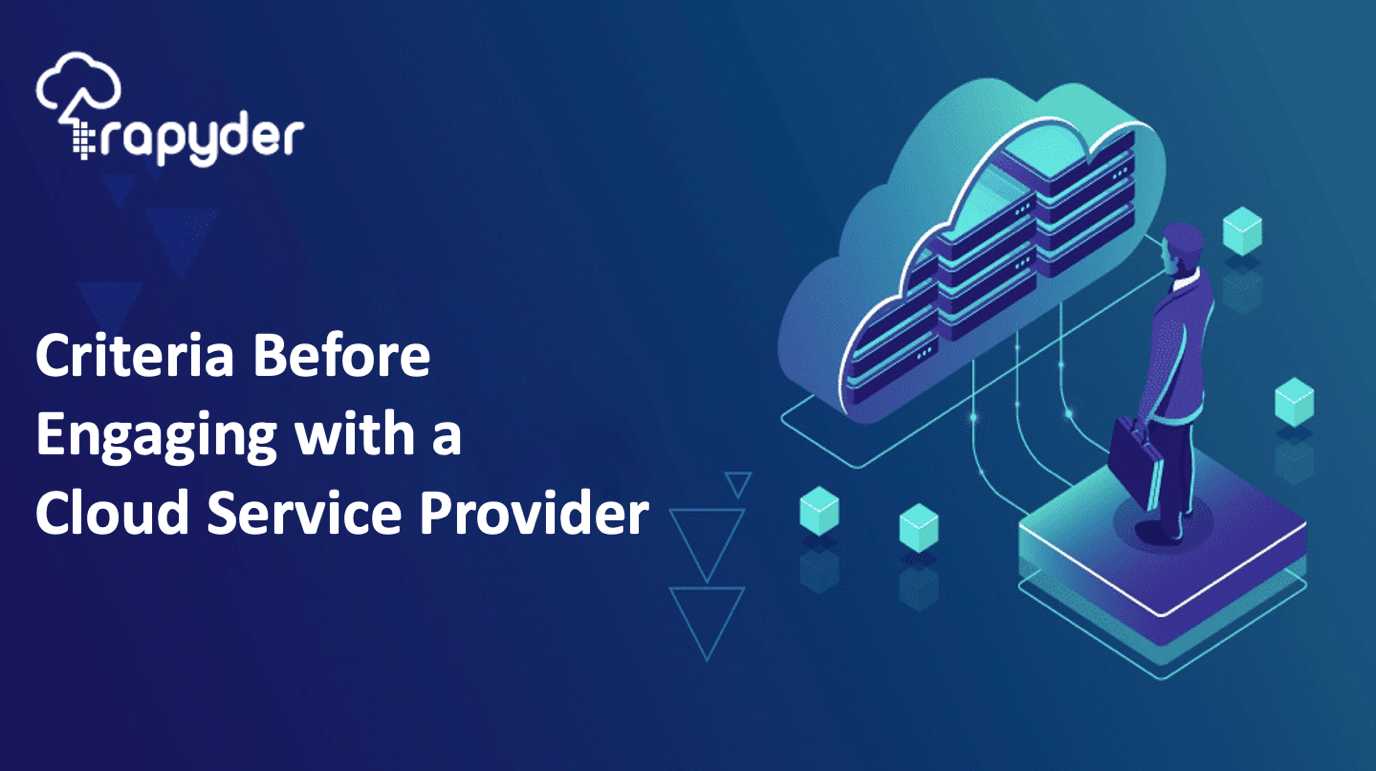Using a cloud provider is a convenient method to gain access to computer services that you would otherwise have to supply yourself, such as: Infrastructure:
When moving apps and workloads to the cloud, the exact environments you select and the services provided by your cloud service provider will dictate the settings required, the work you need to perform, and the assistance you may obtain from the provider.
Ideally, you should select your providers after identifying your cloud migration candidates, but concurrently with analyzing and preparing these workloads for migration.
How do you choose a cloud service provider? When it comes to choosing a cloud provider, your requirements and assessment criteria will be unique to your organization. There are, nevertheless, certain common areas of concern during every service provider evaluation.
We’ve divided them into eight groups to assist you evaluate vendors and choose a provider who offers the value and advantages your organization expects from the cloud.
- Standards and Certifications
- Technology and Service
- Roadmap
- Data Governance, Data Security, and Business Policies.
- Partnerships and Service Dependencies
- Contracts, commercials, and service level agreements.
- Performance and dependability.
- Support for migration, vendor lock-in, and exit planning
- Company profile and business health
Leaving a CSP’s service isn’t always a straightforward or smooth transfer, so learn about their processes before signing a contract.
Consider how you’ll access your data, what condition it’ll be in, and how long the supplier will retain it. It goes without saying that evaluating a potential supplier’s technical and operational competence is critical.
However, take the time to analyze your chosen suppliers’ financial health and profile. The most suitable or competitive cloud service is meaningless if the vendor has a solid company.
Check that your primary providers are a suitable long-term match.
‘The provider should have a track record of stability and be in a stable financial position with adequate money to function successfully over the long term,’ Microsoft says in its brief guide to provider selection.
If a service provider runs into financial difficulties, it may not be able to reimburse your losses, notwithstanding good intentions and contract commitments. Ask directly or conduct your own research to determine if the organization has had any previous legal troubles, has been or is being sued, and how they respond to legal challenges.
Inquire about any upcoming corporate changes, mergers & acquisitions, or business goals. Use analyst profiles, internet reviews, and market research to have a clear understanding of the provider’s competitive position and objectives. Looking at the management team’s past through networks like LinkedIn may be quite informative – do prior positions demonstrate consistent success and solid corporate governance?
What kind of clients do they have, and what markets do they value – vertical emphasis may motivate investment in profitable specialized solutions. In your evaluation of prospective providers, consider both hard and soft factors: recognize and validate not just the qualifications and standards they adhere to, but also what their clients say about them in case studies and testimonials.
Think long-term to prevent lock-in – avoiding proprietary technology and having a clear exit strategy can save you a lot of trouble later on.
Take the time to develop effective SLAs and contractual conditions; they are the primary source of assurance that the services will be supplied as promised.
Access module 9 (Assessing Cloud Service Providers) and module 10 (Cloud Contracts, SLAs, and Cloud LAW) of our online course for a thorough and in-depth advice on how to analyze, choose, and review service providers.



